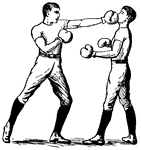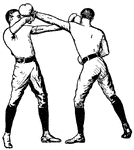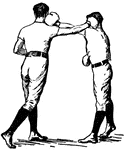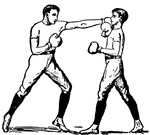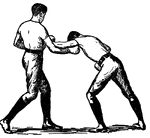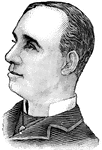Clipart tagged: ‘boxing’

Boxing
"The Olympic games were of greater efficacy than the Amphictyonic Council in promoting the spirit of…
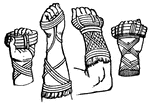
Cestus
Leather thong or bandage, often covered with lead and iron, anciently worn by Roman pugilist to increase…

Cestus
"The cestus used in later times, in the public games, was a most formidable weapon. It was frequently…

Heenan and Thomas Championship Fight
The championship fight between Heenan and Thomas Sayers, on April 17, 1860.
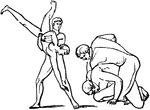
Pancratium
"An athletic game, in which all the powers of the fighter were called into action. The pancratium was…

